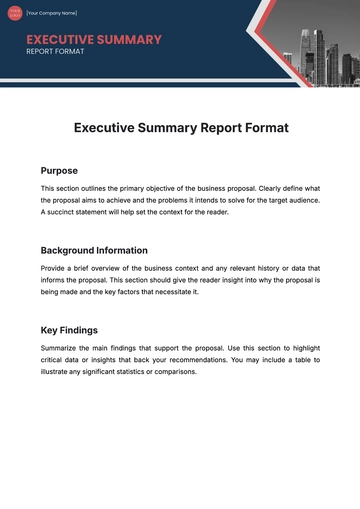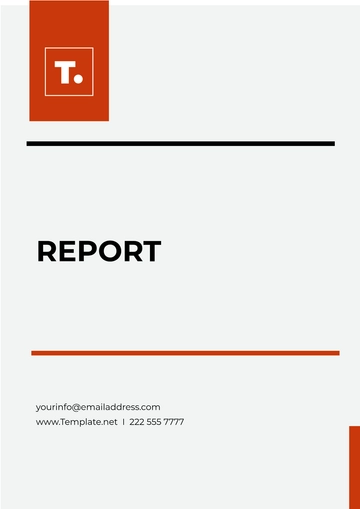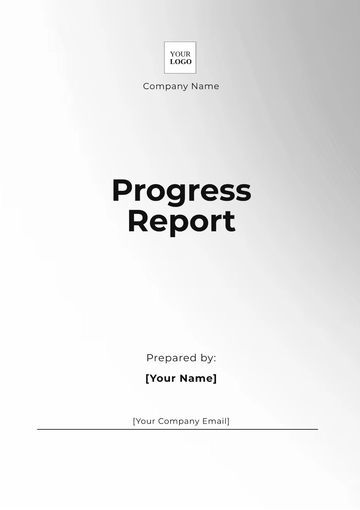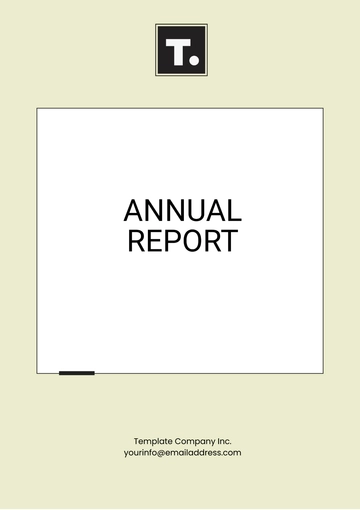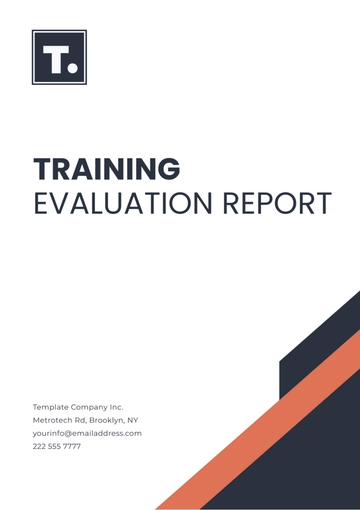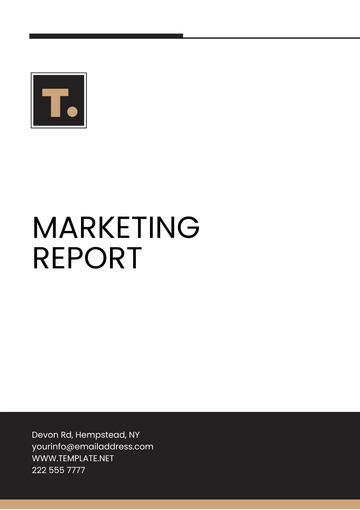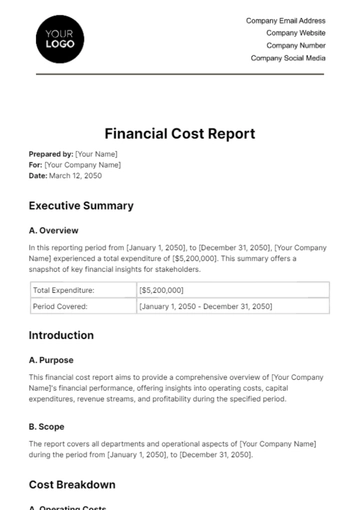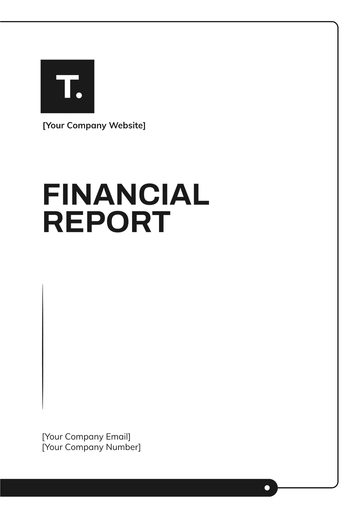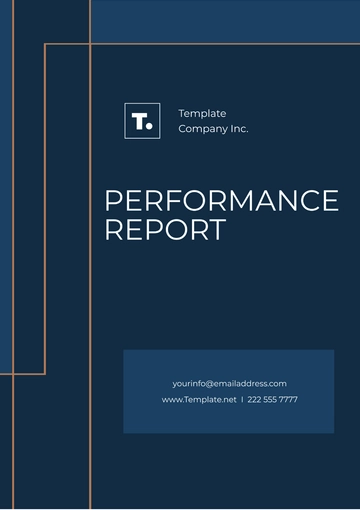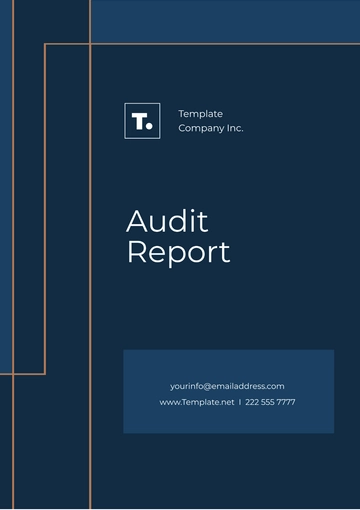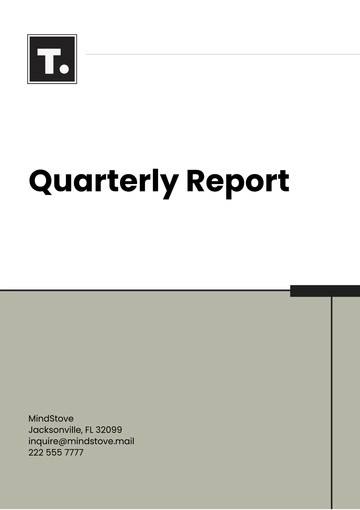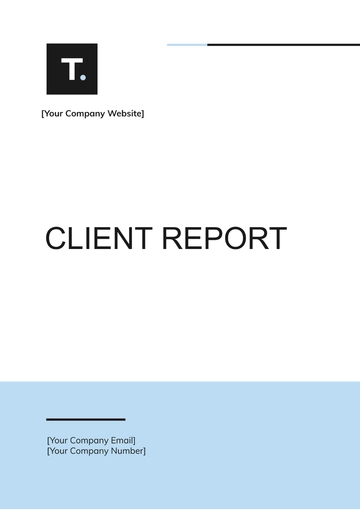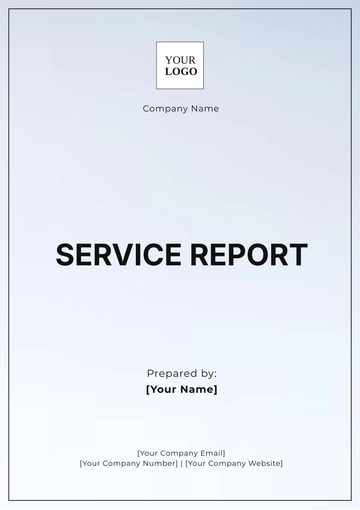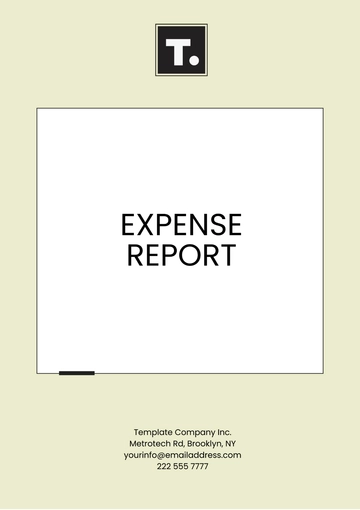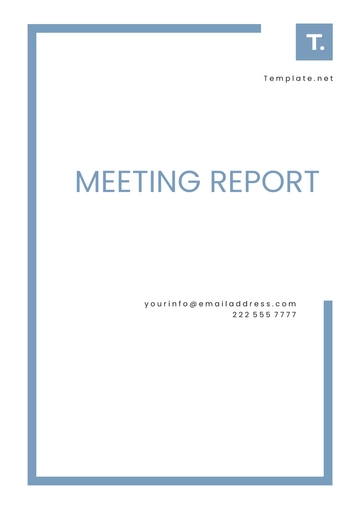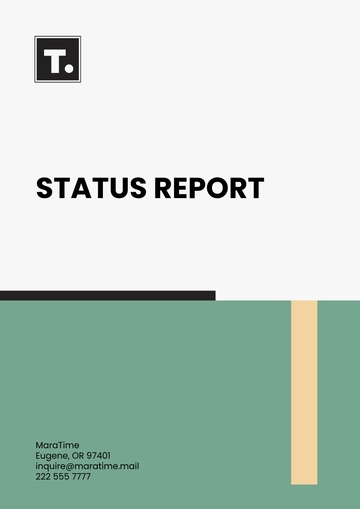Free Bookkeeping Report
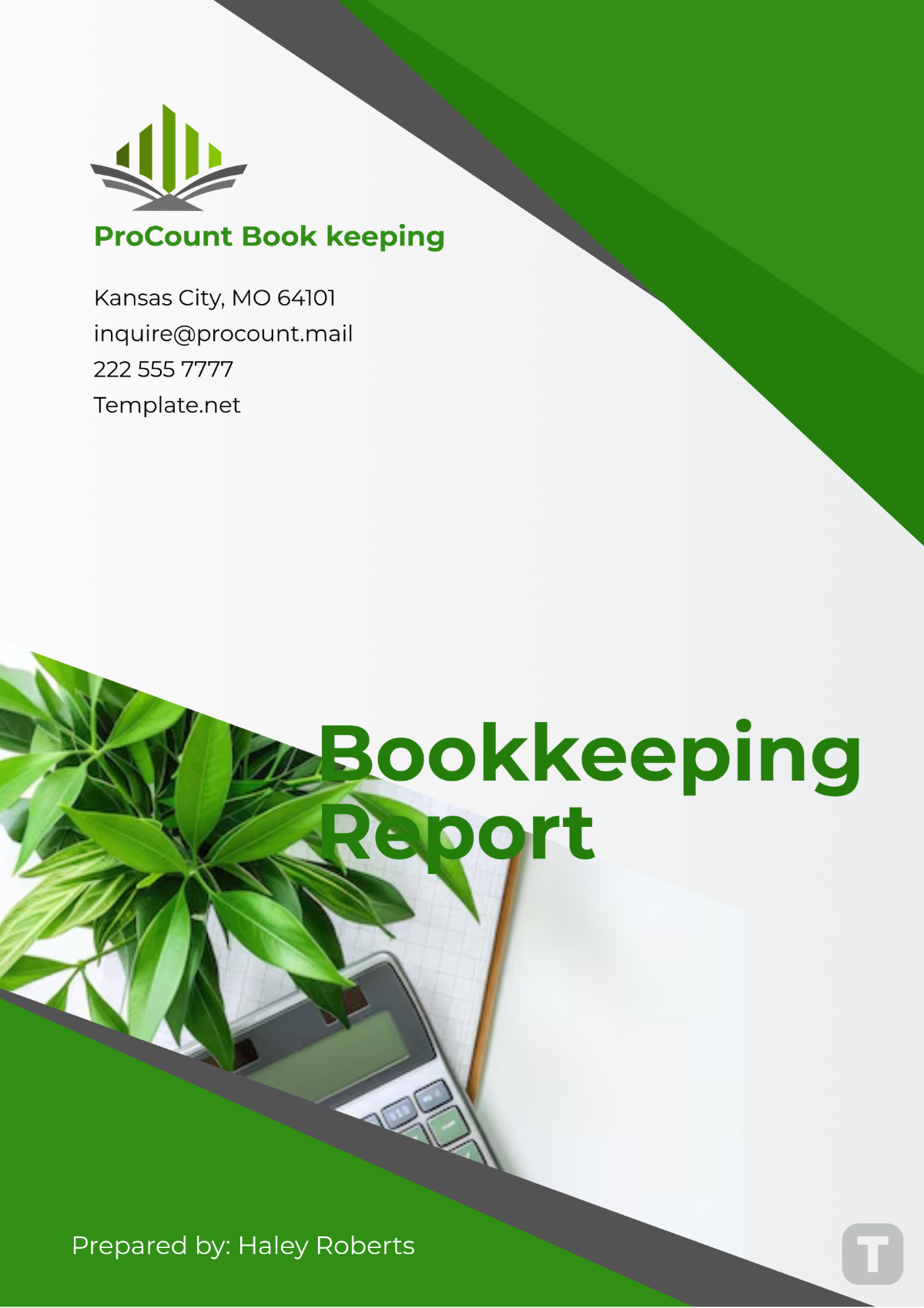
I. Summary of Financial Transactions
1. Revenue
During the reporting period, the total revenue generated by the company reached substantial figures. This includes all sales, service fees, and any other forms of income. A comprehensive breakdown is provided in the table below:
Source | Amount ($) |
|---|---|
Product Sales | 50,000 |
Service Income | 30,000 |
Royalties | 10,000 |
Total Revenue | 90,000 |
2. Expenses
Expenses during this period included cost of goods sold, salaries, utilities, and other operating expenses. Detailed information can be seen below:
Expense Type | Amount ($) |
|---|---|
Cost of Goods Sold | 20,000 |
Salaries | 25,000 |
Utilities | 5,000 |
Miscellaneous | 3,000 |
Total Expenses | 53,000 |
3. Net Profit/Loss
Net profit is calculated by deducting total expenses from total revenue. The net profit for this period is reflected in the table below:
Total Revenue | Total Expenses | Net Profit |
|---|---|---|
$90,000 | $53,000 | $37,000 |
II. Detailed Account Analysis
1. Accounts Receivable
The Accounts Receivable section tracks the outstanding payments owed by clients and customers, reflecting income that has not yet been converted into cash. As of this report, the balance of accounts receivable is $12,000, which comprises invoices that are due within the next 30 days. Timely collection of these receivables is essential for maintaining liquidity and operational efficiency. Delays in collections can negatively impact cash flow, leading to potential borrowing or delayed payments on obligations. Monitoring accounts receivable closely can help reduce the risk of bad debts and improve the company’s overall financial health.
2. Accounts Payable
Accounts Payable refers to the company’s short-term obligations to pay suppliers, vendors, or creditors. Currently, the accounts payable balance stands at $15,000, which includes amounts owed for recently acquired inventory and services used during the current operational period. Efficient management of accounts payable helps maintain good relationships with suppliers and ensures that the company avoids late payment penalties. It is essential to balance timely payments with maintaining sufficient cash reserves for operational needs. Strategic use of credit terms can also enhance cash flow without sacrificing supplier relationships.
3. Inventory Management
Inventory Management plays a critical role in aligning the company's product supply with customer demand while maintaining efficient cash flow. As of now, the inventory is valued at $40,000. Effective inventory management is crucial to avoid overstocking, which can tie up cash in unsold products, and stockouts, which could result in missed sales opportunities. Regular review of inventory turnover ratios helps determine the optimal balance between maintaining enough stock to meet demand while avoiding excess that could result in wastage, especially for perishable or seasonal goods. Proper inventory management also impacts the company’s profitability and cash flow.
III. Conclusion and Recommendations
1. Financial Position
The company is in a healthy financial position with a positive net profit. Current assets exceed liabilities, suggesting a solid capacity to meet short-term obligations. However, improvements in liquidity management are recommended to enhance operational flexibility.
2. Suggestions for Improvement
Improve collections on accounts receivable to enhance cash flow.
Negotiate better credit terms with suppliers to optimize payable schedules.
Implement inventory management software to better track and forecast demand.
Overall, the company should continue to monitor financial metrics closely and adjust strategies to ensure ongoing profitability and stability in an ever-changing marketplace.
- 100% Customizable, free editor
- Access 1 Million+ Templates, photo’s & graphics
- Download or share as a template
- Click and replace photos, graphics, text, backgrounds
- Resize, crop, AI write & more
- Access advanced editor
Maintain accurate financial records with the Bookkeeping Report Template from Template.net. This editable and customizable document offers a clear structure for summarizing financial data, including income, expenses, and account balances. Fully editable in our Ai Editor Tool, it allows you to tailor the report to reflect your unique bookkeeping needs, ensuring transparency and informed decision-making for your business or clients.
You may also like
- Sales Report
- Daily Report
- Project Report
- Business Report
- Weekly Report
- Incident Report
- Annual Report
- Report Layout
- Report Design
- Progress Report
- Marketing Report
- Company Report
- Monthly Report
- Audit Report
- Status Report
- School Report
- Reports Hr
- Management Report
- Project Status Report
- Handover Report
- Health And Safety Report
- Restaurant Report
- Construction Report
- Research Report
- Evaluation Report
- Investigation Report
- Employee Report
- Advertising Report
- Weekly Status Report
- Project Management Report
- Finance Report
- Service Report
- Technical Report
- Meeting Report
- Quarterly Report
- Inspection Report
- Medical Report
- Test Report
- Summary Report
- Inventory Report
- Valuation Report
- Operations Report
- Payroll Report
- Training Report
- Job Report
- Case Report
- Performance Report
- Board Report
- Internal Audit Report
- Student Report
- Monthly Management Report
- Small Business Report
- Accident Report
- Call Center Report
- Activity Report
- IT and Software Report
- Internship Report
- Visit Report
- Product Report
- Book Report
- Property Report
- Recruitment Report
- University Report
- Event Report
- SEO Report
- Conference Report
- Narrative Report
- Nursing Home Report
- Preschool Report
- Call Report
- Customer Report
- Employee Incident Report
- Accomplishment Report
- Social Media Report
- Work From Home Report
- Security Report
- Damage Report
- Quality Report
- Internal Report
- Nurse Report
- Real Estate Report
- Hotel Report
- Equipment Report
- Credit Report
- Field Report
- Non Profit Report
- Maintenance Report
- News Report
- Survey Report
- Executive Report
- Law Firm Report
- Advertising Agency Report
- Interior Design Report
- Travel Agency Report
- Stock Report
- Salon Report
- Bug Report
- Workplace Report
- Action Report
- Investor Report
- Cleaning Services Report
- Consulting Report
- Freelancer Report
- Site Visit Report
- Trip Report
- Classroom Observation Report
- Vehicle Report
- Final Report
- Software Report



